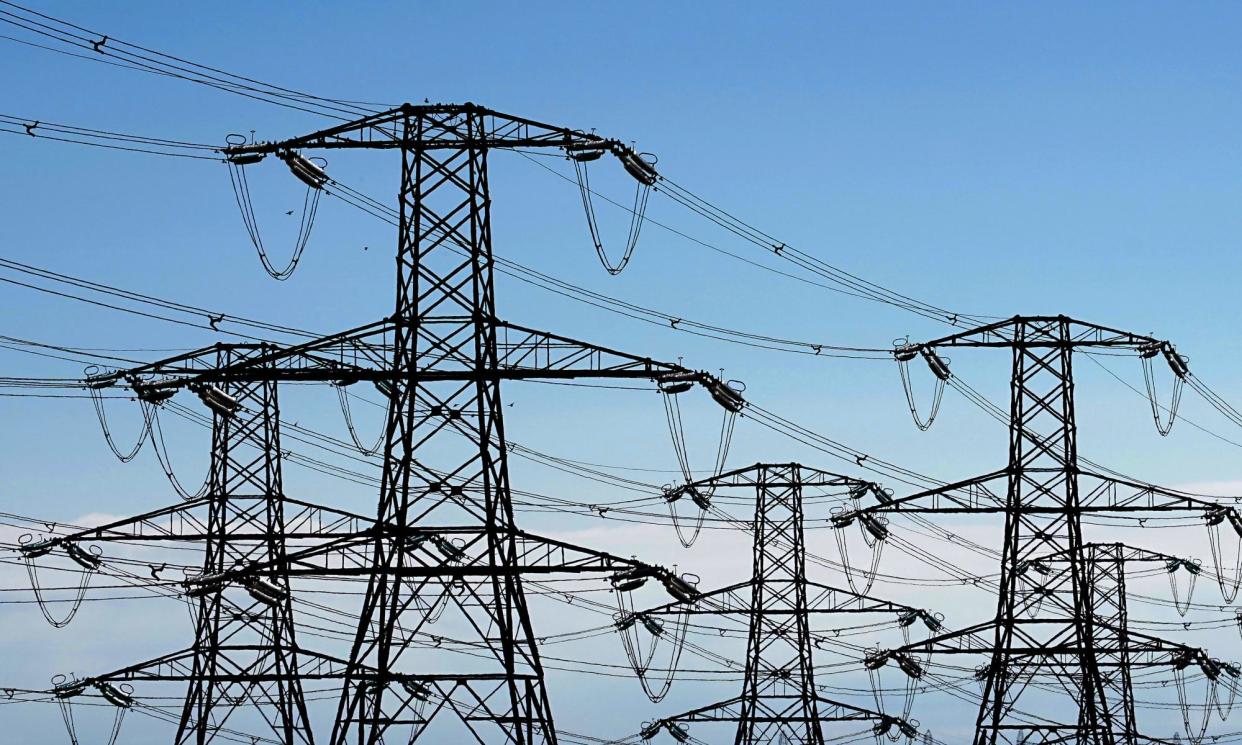‘Real and growing’ threat to grid if Australia goes for nuclear power

There is no chance nuclear energy will get online in time to replace retiring coal-fired power plants and any delays in rolling out renewables will likely lead to higher costs and interrupted grid supply, the market operator has warned.
“The possibility that replacement generation is not available when coal power stations retire is real and growing, and a risk that must be avoided,” the Australian Energy Market Operator (Aemo) said in its Integrated System Plan (ISP). “The sooner firmed renewables are connected, the more secure the energy transition will be.”
Aemo’s grid blueprint, published Wednesday, echoed the draft version released in December. That report said all coal power stations would shut by 2o38 under Aemo’s most likely scenario, but new wind and solar farms need to double their current pace of construction to 6 gigawatts a year to 2050 to meet decarbonisation goals.
Solar and wind farms will need to rise six-fold by 2050 to reach 58GW and 69GW, respectively. Rooftop solar should roughly quadruple to 72GW by then, the report said.
The 25-year plan did not model nuclear energy because the technology isn’t policy for any federal or state government and is banned. Aemo said nuclear was “one of the most expensive ways to generate electricity”, citing a CSIRO report.
“[The] time it would take to design and build nuclear generation would be too slow to replace retiring coal-fired generation,” Aemo noted in an accompanying factsheet.
The ISP, released every two years, will likely stoke the intense political debate over Australia’s energy future. The federal opposition last week announced plans to build nuclear generation on the sites of seven existing or closed coal plants without detailing their size, cost or impact on existing or future renewable investments.
The energy minister, Chris Bowen, said Aemo’s findings were in “stark contrast” to the Coalition’s nuclear plan.
Bowen claimed the Coalition policy would “see Australians pay hundreds of billions for the reactors alone”, which he said could provide “at best” 4% of Australia’s energy needs by 2050. It might add $1,000 a year to people’s energy bills, he said.
Aemo’s report also included an estimated benefit for each tonne of carbon dioxide avoided. As reported by Guardian Australia in April, market rules set the price at $70 a tonne, rising to $420 tonne by 2050 when Australia aims to reach net zero emissions.
That change boosted the net benefits of the 10,000km of new transmission lines by $3.3bn to $22bn compared with the draft ISP.
Renewable energy supplied almost 40% of electricity across the national electricity market (Nem) in 2023, and briefly topped 72% last October. The government is aiming for 82% of the Nem to be supplied by clean energy by 2030.
“Already this decade, 12.5GW of new utility-scale generation and 1.3GW/1.8GWh of storage has entered the Nem and 490km of transmission has been built,” it said. “A further 20GW of generation and storage, and 2,090km of transmission, are progressing from planning to delivery.”
The market will also need 15GW of gas-fired generation by 2050, up from 11.5GW now, even if rarely used. Those plants may be fuelled by fossil gas, biomethane or even hydrogen.
“This gas generation is a strategic reserve for power system reliability and security, so is not forecast to run frequently,” Aemo said. “A typical gas generator may generate just 5% of its annual potential, but will be critical when it runs” particularly in winter.
Nem regions will need more than 60,000 people to build and maintain energy infrastructure over the next 20 years.
“The transition will have undeniable benefits,” Aemo said. “Lower cost, lower emission renewables will offer homes and businesses the electricity they need, with greater insulation from international price shocks that can put unwelcome pressure on the cost of living.”
Anna Malos, Australia lead at Climateworks Centre said the centre’s modelling – which helped inform Aemo’s report – found nuclear energy to “be much more expensive than renewables”. It was also presumed to be unavailable before 2040, meaning carbon budgets would be blown as more coal and gas would be burned for power generation.
“The grid is very largely decarbonised by the time nuclear becomes available,” Malos said.

 Yahoo News
Yahoo News 
